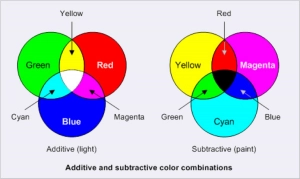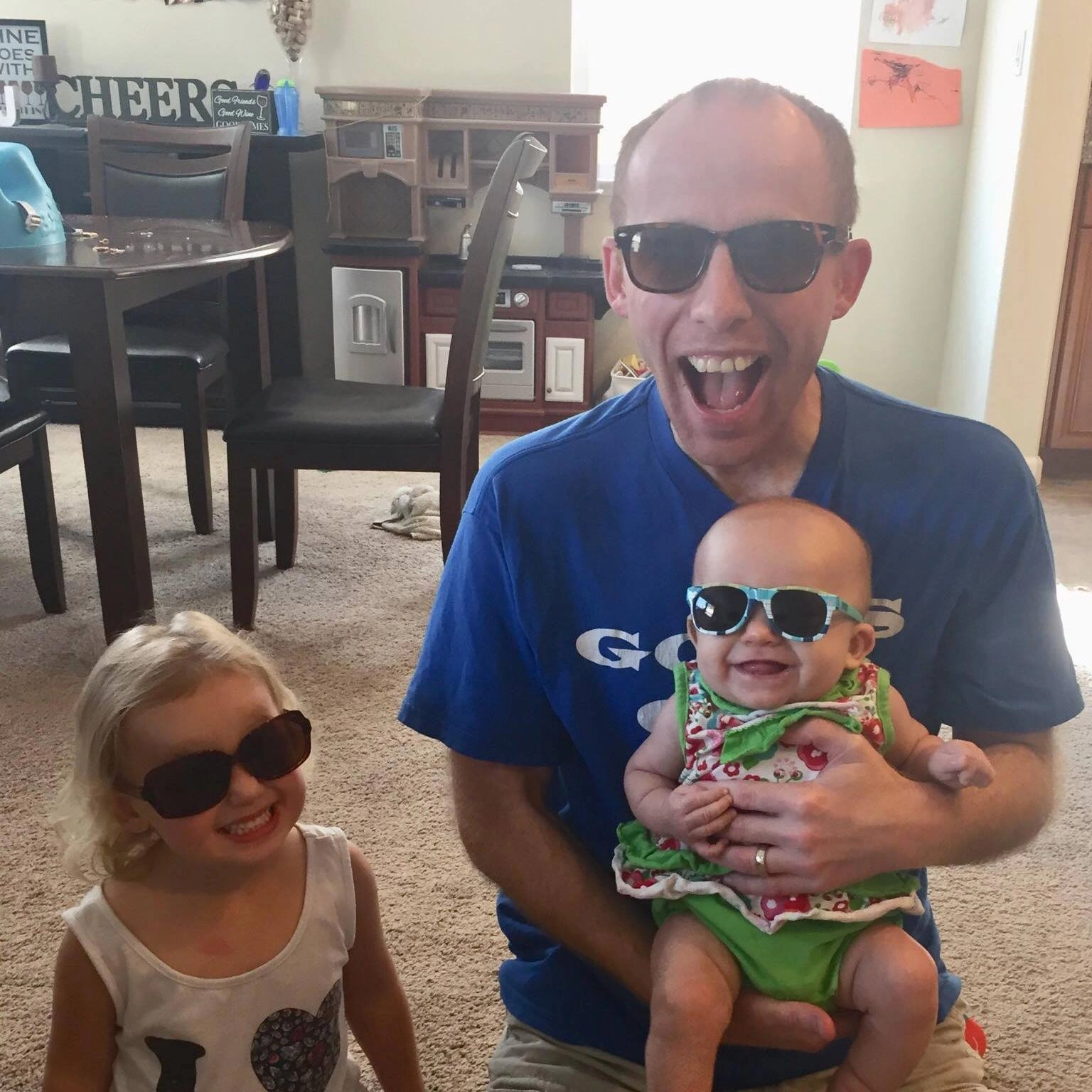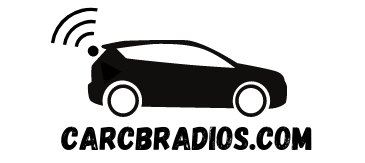By: Jeremy Neisser
What is SSTV?
Slow Scan TV, or SSTV, is a term used to describe the transmission of pictures by amateur radio. It's comparable to early television systems or fax machines. In as few words as possible, this technique uses sound to generate and exhibit an image sent by another source.
It's primarily utilized by amateur radio operators who are not in the business of conducting communications. It is aimed at individuals interested in utilizing SSTV frequencies for personal purposes such as self-training, private correspondence, experimentation, and recreational activities.

Why Are Frequencies Important in SSTV?
The working principle of SSTV is based on the fact that signals are transmitted at particular frequencies. The image may be converted into a radio signal by modulating a specific sequence of frequencies.
The information from the sender's end is encoded using analog frequency modulation in a carrier wave. The wave changes its frequency to match the destination once it reaches the recipient.
However, both the sender and receiver components must be in sync for this to function. If they are not in agreement, the image will appear slanted. That is why synchronization tones are included in each photograph.
SSTV Transmission Modes and Frequencies
Modes are subcategories used to classify the various types of SSTV.
They describe how images are encoded and decoded, not how they're transmitted.
Color
There were only two hues of pixels required to display an image during the early days of SSTV: black and white. It eventually started including additional colors in order to create and transmission colorful photos from the 1990s.
As a result, it used RGB and CMYK color schemes.
Each of these methods is based on a certain combination of primary hues. Each of their components in the picture is represented by frequencies.

via https://intranet.mcad.edu/
The SSTV decoder reconstructs the transmitted image by following up on this information.
For example, a photograph based on the RGB scheme contains information about the amounts of red, green and blue in each pixel that is used by your decompression software.
All of these numerals are represented in their corresponding frequencies. Every line in the picture from top to bottom goes through this procedure.
Brightness
Once the software has broken down the colors of a transferred picture through each wavelength, it goes on to tell you how bright it is.
Once the RGB frequencies have been received and decoded, another frequency representing data on brightness is added.
Frequency Bands
Radio Sidebands
LSB (lower sideband) and USB (upper sideband) are the most common amateur radio sidebands. They're both popular for amateur use on the HF spectrum.
This implies that just one of them will be active at a time. There is no legal restriction on the use of either of them for frequency bands.
Modes of Transmission:
Robot:
This mode of transmission was created by the Robot Research Corporation for their own SSTV unit, which works with HF and VHF frequencies. The most well-known variants of the series are Robot 72 and 36.
It supports various color schemes, including BW, RGB, and YUV. The picture is transmitted or recreated using scanlines of 120, 128, 240, or 256.
If you view an image at a lower resolution, it will take longer for the entire picture to display on the screen. As a result, you may use it for both monochrome and colorful pictures.
Martin:
This mode was first designed by Martin Emmerson to help the SSTV transceivers reach their maximum potential. SSTV Martin, on the other hand, quickly became a popular choice in Europe for sending photographs using radio waves.
It would scan 240 lines out of 256 but it reserves the first 16 so that the sender has a banner room on top or bottom of the photo. You can use this space to include a message or your signature which will surely add more value to the image.
Unfortunately, Martin takes a little longer than Robot to load the photo - 58 to 114 seconds to be more specific.
Scottie is an additional robot.
Scottie, like Martin, was born out of the need to improve robot's ROM capability.
However, Eddie Murphy's creation has become a transmission mode on its own. It examines all of 256 lines in search of the bonus banner space.
Scottie is slightly quicker than Martin and can produce the photo in 71 to 110 seconds. The color scheme is RGB.
Most Popular Frequencies
The frequency of 14.230 MHz is the most popular frequency.
The most fascinating aspect of this frequency is that it offers you a fantastic possibility of capturing images from outer space on weekends!
Take a look at my chart below for additional frequencies.
Faq
Is SSTV a digital mode?
Is RTTY still used?
What is SSTV encoder?
Analogue SSTV Frequencies
SSTV Call Frequency | Frequencies | Header | Header | Header |
|---|---|---|---|---|
70 cm(FM) | 430.950 MHz SSB SSTV Call Freq. | Cell | Cell | Cell |
1.25 metres (FM) | 223.850 MHz 1.25m Band SSTV Call Freq. | Cell | Cell | Cell |
2 metres(FM) | 145.500 MHz 2m Band SSTV Call Freq | 145.600 MHz 2m Band SSTV Call Freq. | 144.550 MHz SSB SSTV Call Freq | Cell |
6 meters(FM) | 50.680 MHz 6m Band SSTV Call Freq | 50.950 MHz SSB SSTV Call Freq | Cell | Cell |
10 metres (USB) | 28.680 MHz 10m Band SSTV Call Freq | Cell | Cell | Cell |
11 metres(USB) | 27.700 MHz France & Australia | 27.420 MHz Australia | 27.235 MHz Northern Ireland | Cell |
12 metres (USB) | Every day 24.975 MHz | Cell | Cell | Cell |
15 metres (USB) | 21.340 MHz 15m Band SSTV Call Freq | Cell | Cell | Cell |
17 metres: (USB) | Cell | Cell | Cell | Cell |
20 metres: (USB) | 14.230 MHz 20m Band SSTV Call Freq. | 14.233 MHz 20m Band SSTV Call Freq. | 14.240 kHz Europe SSTV Call Freq. | Cell |
30 metres: (USB) | 10.132 MHz – Use narrow mode MP73N | Cell | Cell | Cell |
40 metres: (LSB) | 7.033 MHz 40m Band SSTV Call freq. | 7.171 MHz 40m Band SSTV Call Freq. | 7171 kHz Europe DIGITAL SSTV Call Freq. | 7040 kHz Europe SSTV Call Freq. (7043). |
80 metres: (LSB) | 3845 kHz 80m Band SSTV Call Freq. | 3730 kHz Europe Call Freq. | 3733 kHz Europe DIGITAL SSTV Call Freq. | Cell |
160 metres: (LSB) | 1890 KHz 160m Band SSTV Call Freq. | Cell | Cell | Cell |
You may like:

Hi & Welcome!
My name is Jeremy and I have been an avid car nut for many year. My first car was an 1987 Honda CRX. I put in my first Kenwood stereo, amp, 2 10" JLs and a CB Radio in it and have been an avid user of CBs and car radios for years. I'll do my best to share my tips, information and thoughts to help you with whatever question you might have, ABOUT ME
After I graduated from High School, I worked 5 years are Radio Shack and 3 years at Circuit City answering questions and helping customers with various electronics questions.
